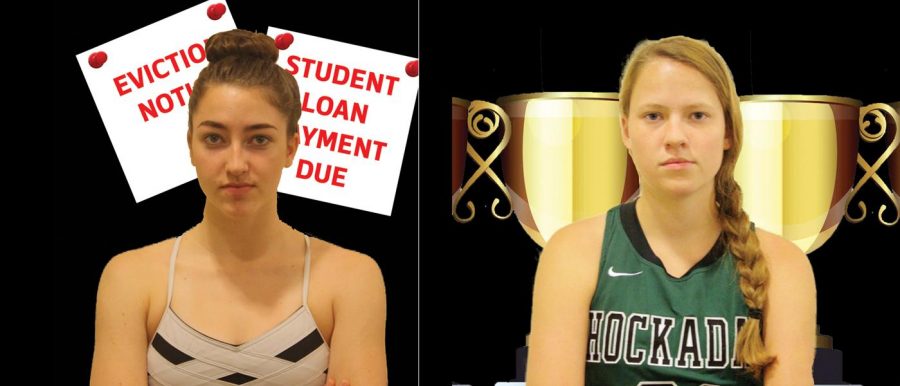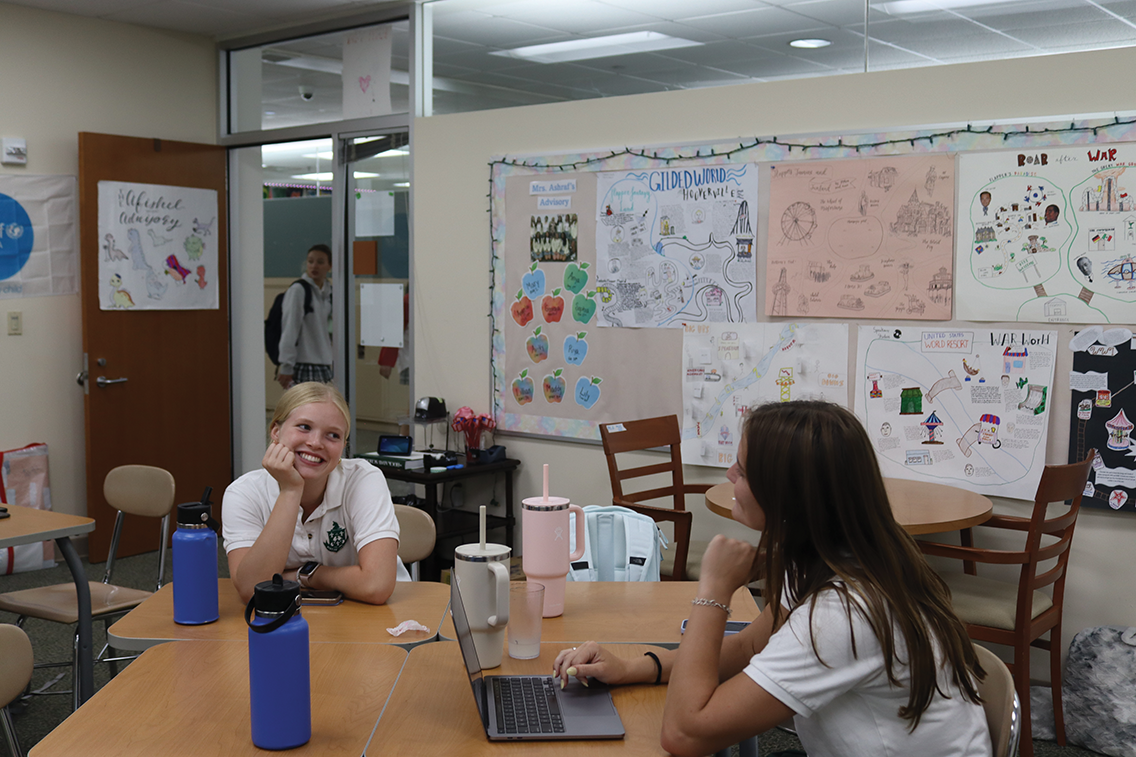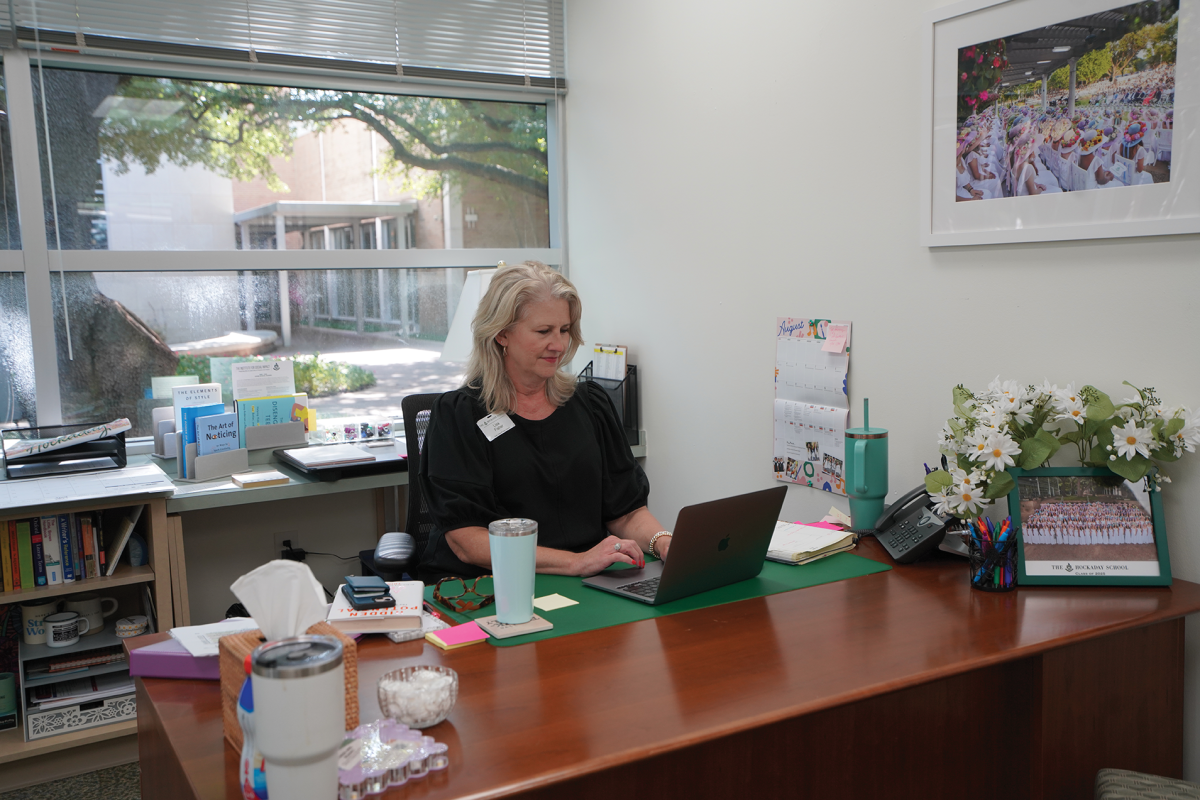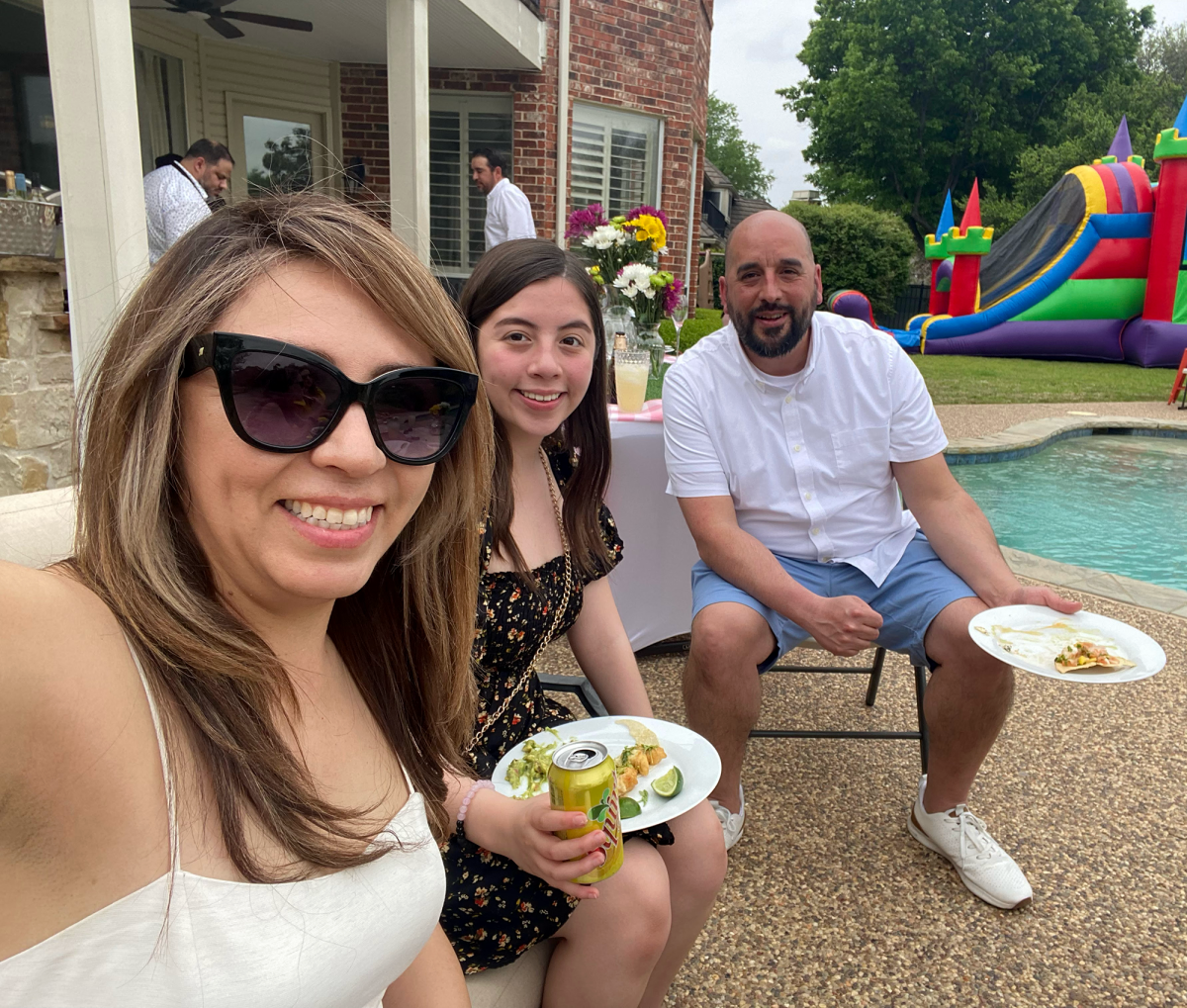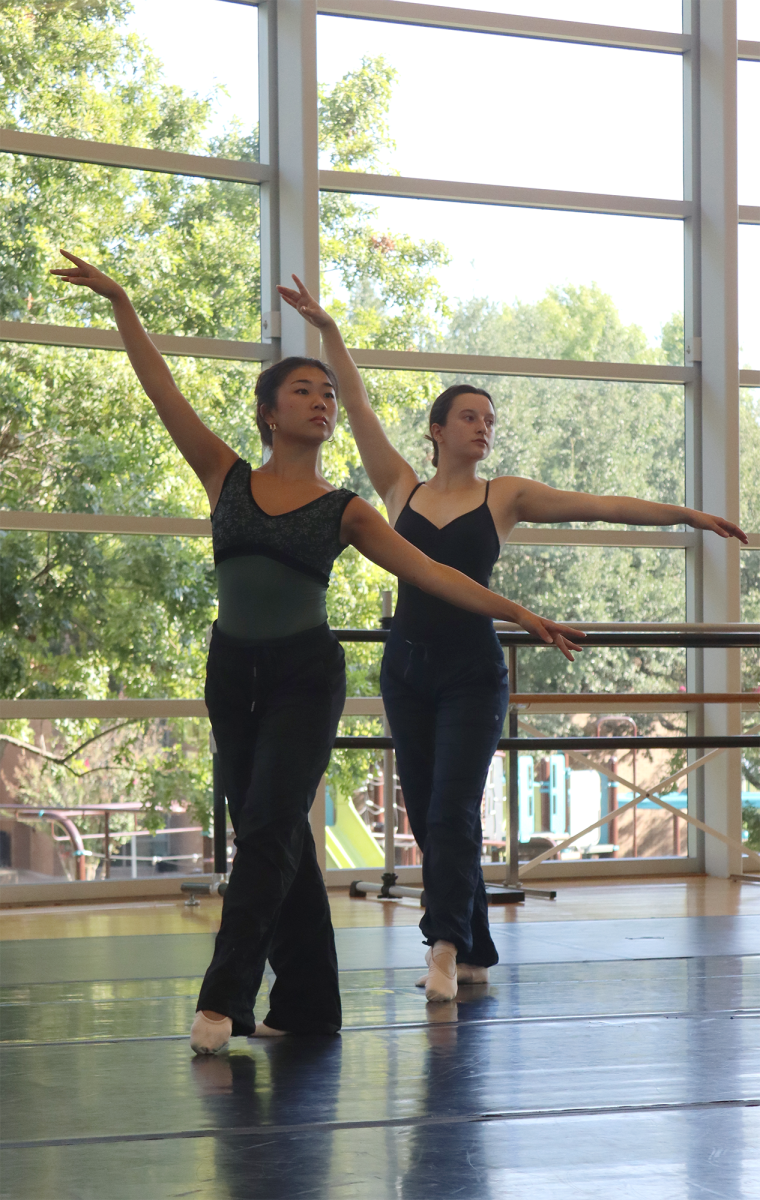When singers, dancers and actors take their final bows and the curtain closes, statistics prove their reality as starving artists who struggle with underpay and underrecognition.
According to Payscale, as of 2013, ballet dancers earn an annual average of $24,000, and the average extra or background actor receives $60 per day. Divide this by the hours spent in studios and practicing, however, and they can earn less than half of the minimum wage.
Prior to working at Hockaday, drama teacher Emily Gray was a professional actress who did both commercial and stage acting in off-Broadway theatres as well as recorded audiobooks and voiceovers for companies like Pepsico and Facebook. Since both she and her husband were actors in New York City, they made an income that allowed them to just get by.
“We certainly would not have been deemed financially successful but artistically, we were very successful,” Gray said. “It wasn’t until in my late 20s that I realized what it means to be an artist: I would be counting literal pennies every week.”
Sometimes, this uncertainty in a career is the deciding factor against one.
Sophomore Quinn Brodsky is currently the lead singer in the bad The Hey Heys, which performs shows around the Dallas-Fort Worth metroplex. At the age of 10, Brodsky dreamed of pursuing singing as a professional career.
Brodsky, however, realized freshman year that the music profession was not for her as her musician brother applied to college. She now hopes to pursue physics, which she sees as a more secure occupation. Even with her amateur experience in the music industry, however, she believes that society does not truly appreciate the arts for what it is.
“They see the visual appeal or image it creates, rather than comprehending the expressive creativity and emotion put behind an artist’s work,” Brodsky said. “Those things are just superficial and don’t mean anything important, and there is so much more to an artist than what most people appreciate.”
Hockaday, especially in anticipation of the new Nasher-Haemisegger Family Center for the Arts, provides a breeding ground for aspiring artists according to various faculty members, including Gray. The school has spawned numerous successful artists, including Victoria Clark ‘78 and Christie Sullivan ‘95.
Clark, Tony Award winning Broadway actress and singer who attended Hockaday for 12 years, credits teachers like Fine Arts Department Lead Chair Ed Long who gave her self-confidence, determination and inspiration to pursue acting and singing as a profession.
“Without the arts we are somewhat primitively limited in our thinking and our ability to see ourselves both individually and as a culture in a wider perspective. We use the means we have to express,” Clark said.
Sullivan, currently a dance teacher at Hockaday, performed nine seasons with the critically acclaimed Bruce Wood Dance Company in Dallas. She emphasizes that an art profession is just as viable as one in business or sports.
“I don’t like the fact we artists have to justify everything we do, or we have to remind others of the importance of arts and culture as a human being,” Sullivan said.
A decade later, Lauren Gonzales, current Bruce Wood Dance Project dancer and teacher to various Hockaday students, finds her own struggles as a professional artist. Supported by a well-to-do family, Gonzales grew up dancing in Dallas but was not fully prepared for the difficulties and sacrifices she would have to make.
As a dancer and teacher by night who works 14–hour days, she is paid less than minimum wage and does not have benefits nor healthcare.
“Humans are competitive by nature and are drawn to something that makes them more successful,” Gonzales said. “I can understand and respect people not wanting to tap into their emotions, but I have a problem with people undermining how difficult our craft is.”
However, both Gonzales and Sullivan admit that despite all of the hardships, the reward of being an artist is much more fulfilling than any zeroes on paycheck. With her prosperous career as a dancer-turned-teacher, Sullivan is comforted by the fact that she did what she loved instead of what she felt like needed to do.
And Gonzales said that she would rather go through life struggling and growing than being complacent.
“At the end of the day, I may go to bed stressed out of my mind,” Gonzalez said. “But I know I’m excited to wake up tomorrow and do it all over again.”
According to Gray, the underappreciation of the arts may be more significant in the United States due to the nation’s relative lack of art history in comparison to other civilizations.
For instance, the Greeks celebrate a thriving culture of didactic and philosophical thought which pushes along the arts. In some ways, Gray believes there is catching up to do for the States as a youthful and developing country.
“I think in a lot of European countries, there is more of a balance because arts has been a bigger part of their lives for hundreds of years. Greece has had artistic culture for 2500 years,” she said.
Gray does note that Dallas is a notable front runner city in terms of spreading the arts as areas like Deep Ellum, the Design District and Bishop Arts District host numerous art events throughout the year. She believes that within the next five years, this city, alongside New York City and Los Angeles, will see one of the nation’s leading art scenes.
Courtesy. Character. Scholarships. Athletics. The Four Cornerstones continue to guide each member of Hockaday through our community. Yet, some believe that the Arts are long due a spot among them.
Sullivan said, “The arts are found in everything we do here, and Hockaday gives every student unlimited opportunities to explore and find their passions. I ultimately think the arts is an understood cornerstone among our community, but I would love to see it added officially. ”
Aurelia Han – Staff Writer


